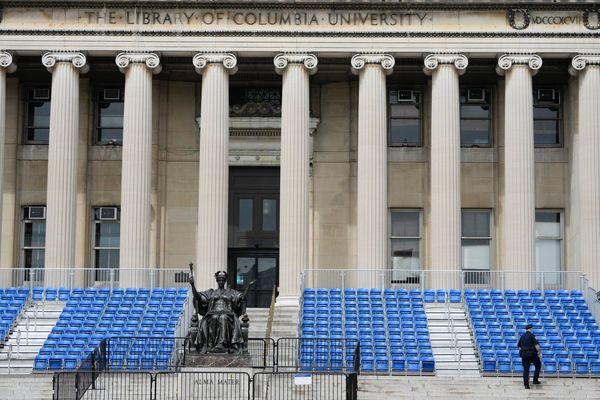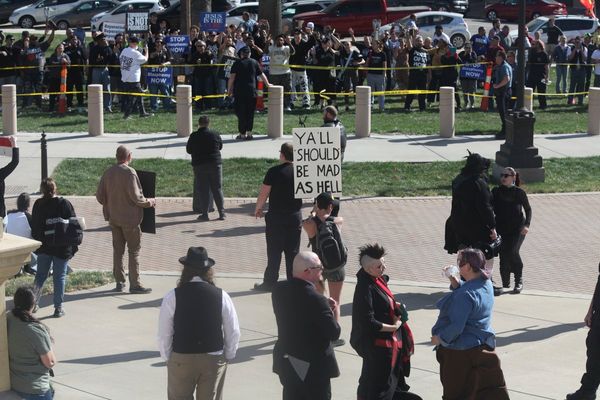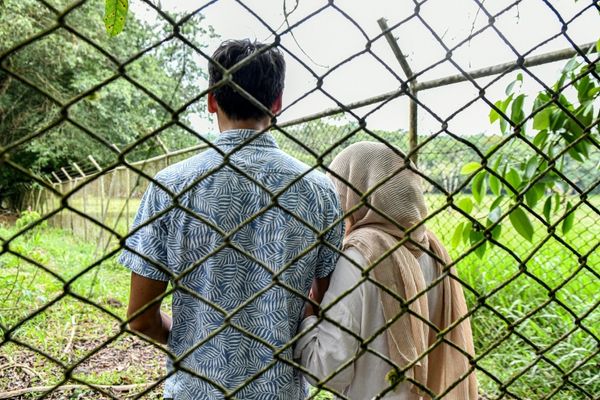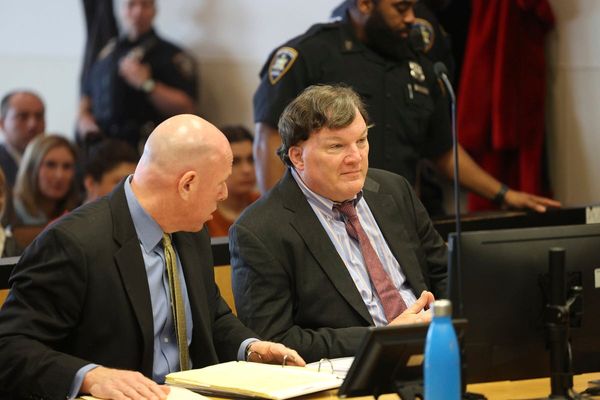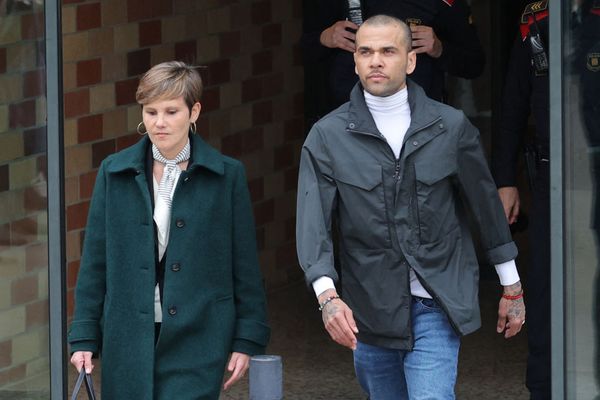The Supreme Court on Friday transferred the Gyanvapi Masjid suit proceedings from a civil judge to the district judge of Varanasi, saying the social complexities of the dispute required a "more senior and experienced judicial officer" at the helm.
A Special Bench led by Justice D.Y. Chandrachud directed the district judge to hear on priority a challenge moved by the Anjuman Intejamia Masjid, the mosque's caretakers, against the suit filed last year by five Hindu women who want untrammelled rights to worship Maa Shringar Gauri, Lord Ganesh, Lord Hanuman and other “visible and invisible deities" within the mosque premises. The Anjuman argues that the suit is barred in law.
Meanwhile, the apex court said its May 17 interim order to protect the area where a shivling was reportedly found would continue while Muslims would be able to offer namaaz in the mosque. The court ordered the District Magistrate to make appropriate arrangements, if not already made, for Muslims to offer wazu khana before namaaz at the mosque.
Though the Bench acknowledged that the complex case needed a "seasoned" hand like the District Judge, it did not heed repeated requests from the Anjuman, represented by senior advocate Huzefa Ahmadi, to "nip in the bud" a string of earlier orders passed by the civil judge.
Mr. Ahmadi said the civil judge's ex parte orders had ranged from constituting an advocate commission to conduct a videographic survey of the mosque grounds to sealing of the premises after the shivling was said to have been found. The senior lawyer said these orders, unless set aside, would "fester". They could even reduce the Places of Worship Act of 1991, a law which protects the identity of religious places of worship, into a "dead-letter".
‘Altered status quo’
“There is a massive police presence, iron gates have been put up… The orders were not just about the appointment of a Commission, but they altered the status quo that has been existing for 500 years,” Mr. Ahmadi submitted.
He questioned why the Commission to conduct a videographic survey and inspection was even appointed. “It was appointed to see whether there were any deities there, any symbols relating to another religion… and this is precisely what the 1991 Act bars,” Mr. Ahmadi argued.
He said the 1991 Act prohibited conversion of religious places of worship and mandated that the character of religious places of worship as on August 15, 1947 cannot be altered to that of another denomination.
But Justice Chandrachud said a mere “ascertainment of the religious character of a place is not barred by the Act”. The judge indicated that the advocate-commissioner’s survey was merely of a procedural nature for determining the religious character of the place.
As regards the finding of articles identified with another religion in the premises of a place of worship, the court said that “this hybrid character is not unknown in India”.
“Suppose a Christian cross is found in a section of an agiary, the presence of the cross does not make the agiary a Christian place of worship nor does the cross become an article of Zorastrian faith because it was found at the agiary,” Justice Chandrachud observed.
Constitutional guarantee
However, Mr. Ahmadi chose to argue by the strict letter of law. He said the Gyanvapi mosque has been in existence for a period of 500 years. It was undisputedly a mosque on August 15, 1947. The 1991 Act bars any attempt to tamper with its identity as a mosque. This is a constitutional guarantee. The apex court needed to interfere and set aside the civil judge’s orders which had set out a trail of events altering status quo.
“The religious character of the mosque has to be protected, otherwise the Places of Worship Act and the objective of the law will become a dead-letter because there are a large number of places in India which have multiple religious history — a Buddhist temple which was earlier a different temple, a Jain temple which became a Vaishnavite temple later… The Act did not want any of these historic events to fester,” Mr. Ahmadi submitted.

